Praia de Iracema and its History

GUIDE
The History of Iracema Beach
From Fishermen to Fortaleza’s Cultural Center
Discover the history of Praia de Iracema, one of Fortaleza’s most emblematic sites. Find out how the area went from a fishing village to a vibrant cultural center with tourist attractions, nightlife and artistic events. Learn more about its transformation over the centuries, from Estoril to the modern Dragão do Mar Cultural Center. Explore the past, present and leisure options that make Praia de Iracema one of Ceará’s most fascinating destinations.
Praia de Iracema is one of the most iconic places in Fortaleza, the capital of the state of Ceará. Its history is deeply intertwined with the city’s evolution, reflecting not only urban changes, but also social and cultural transformations that have helped shape the region’s current profile.
The First Inhabitants: The Fishermen’s Region
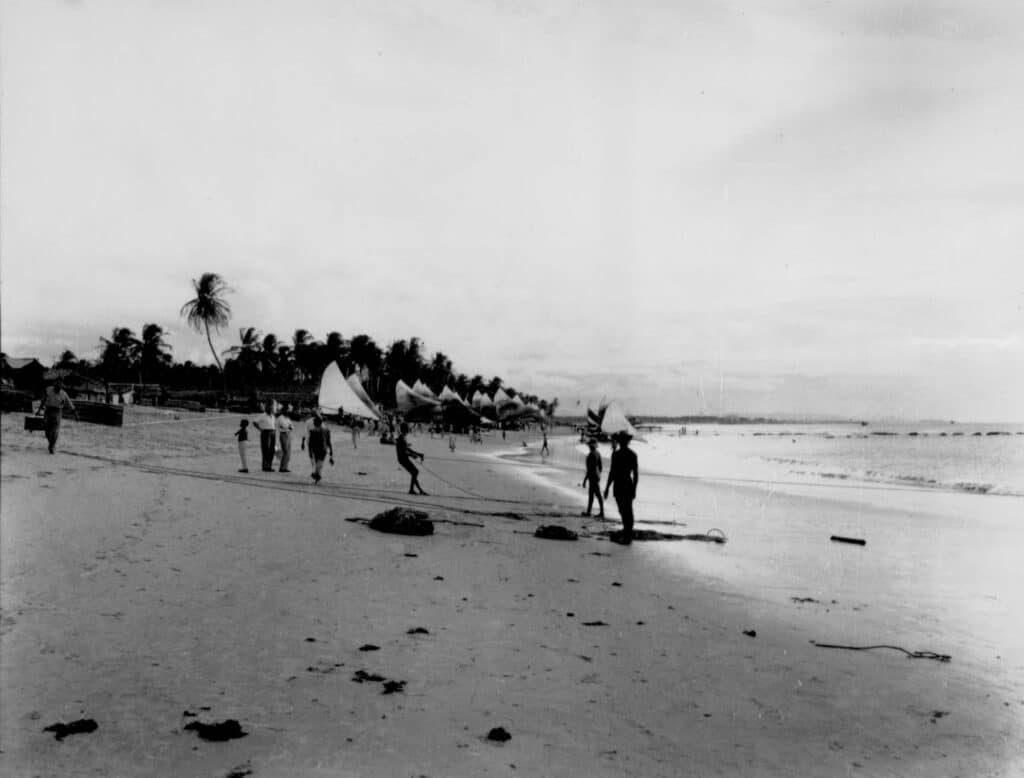
The history of Praia de Iracema dates back to the days when the area was inhabited by fishing families. The beach’s original name was “Praia do Peixe” (Fish Beach), due to the strong fishing tradition that marked local life. The proximity to the sea and the abundance of natural resources allowed the first communities to settle there, living off what the ocean offered.
Over the years, however, the area began to attract other types of residents and visitors, becoming one of Fortaleza’s main leisure and relaxation areas.
The Rebirth of the Beach: The Age of Summer and Tourism
At the beginning of the 20th century, Fortaleza was experiencing significant urban and economic growth. This led to the transformation of Praia de Iracema, which came to be seen as an ideal place for leisure and tourism. In the 1920s, the construction of Estoril, a large building that would serve as the residence of an influential family from Fortaleza, marked the beginning of a new phase for the beach.
Estoril soon became a famous casino and restaurant, attracting visitors from all over. During the Second World War, when the United States used Brazil as a strategic base, Estoril was frequented by American military personnel, which brought even more visibility and dynamism to the region. This phase was essential for the solidification of Praia de Iracema as a tourist destination and entertainment center.
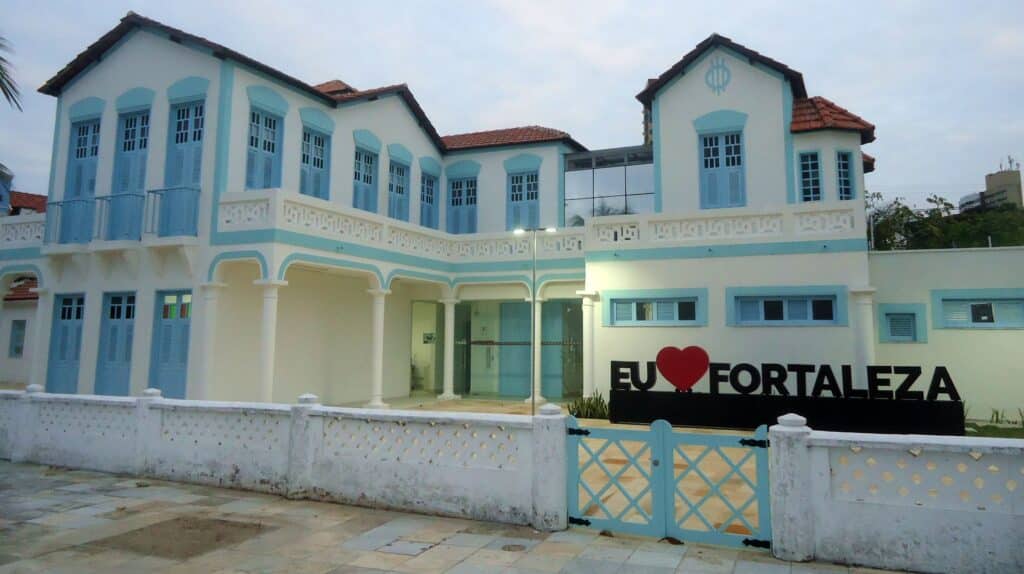
The Impact of the Construction of the Port of Mucuripe
In the 1940s, Praia de Iracema’s landscape was altered by the construction of the Port of Mucuripe. The change in sea currents caused by the construction of the port led to the sea moving onto the strip of sand, considerably reducing the length of the beach. This gradual process created challenges for both the local community and the tourists who frequented the area.
This environmental impact led to the need to redevelop the area, creating a new challenge for the growth and development of the beach, which had to adapt to the new geography and the change in the profile of its population.
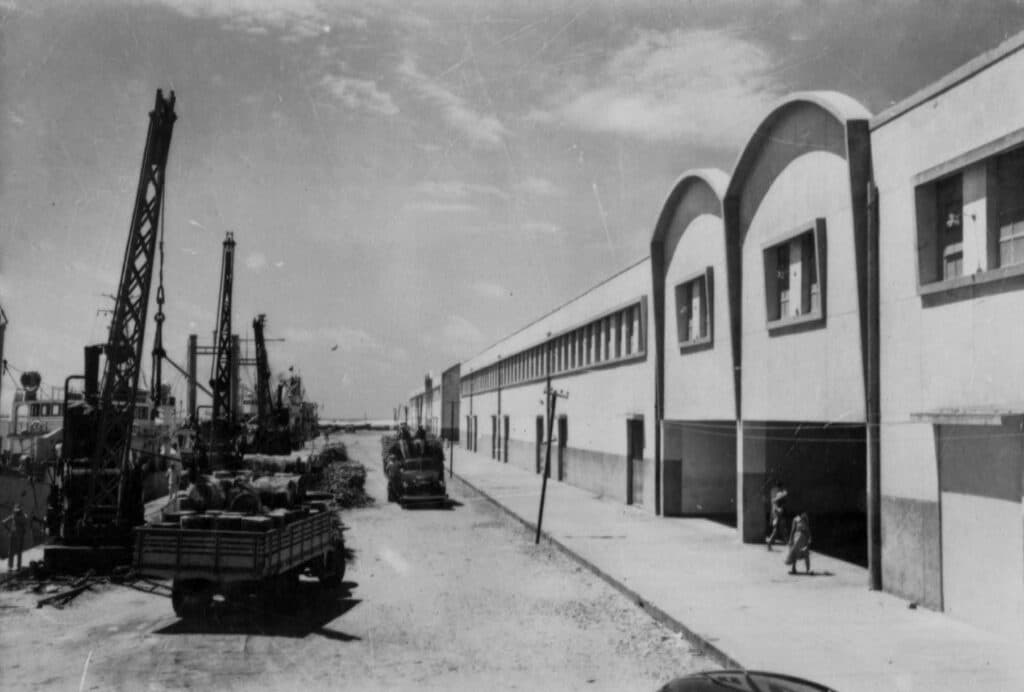
Praia de Iracema in the Bohemian and Cultural Era
In the following decades, Praia de Iracema became one of Fortaleza’s most bohemian and cultural centers. Artists, intellectuals and musicians found the beach a perfect place to express their ideas and promote cultural exchange. The region became the stage for many artistic manifestations, such as theater, music and plastic arts, attracting tourists and locals who were looking for more than just a beautiful landscape.
During this period, the beach also served as a meeting place for political and social discussions, especially during the moments of political transition and cultural effervescence that marked Brazil in the 1960s and 1970s.
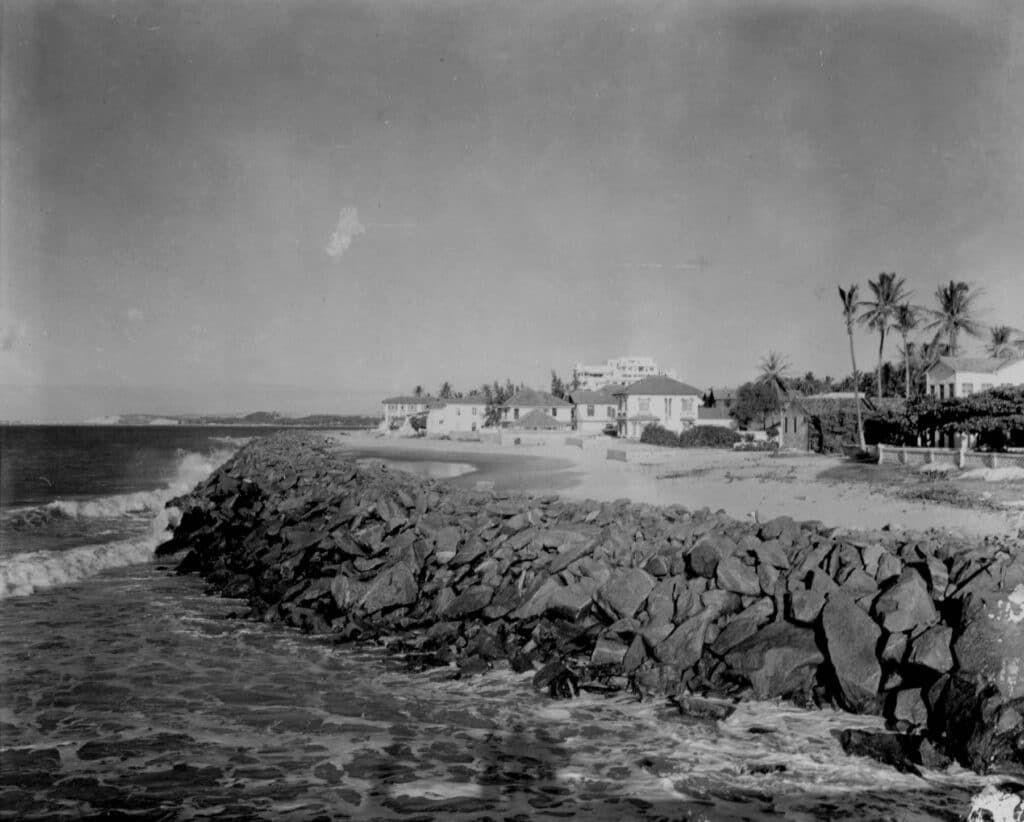
Urban Transformation and the Redevelopment of the Beach
From the 1980s and 1990s onwards, Praia de Iracema underwent a process of urban redevelopment aimed at revitalizing the area and improving its infrastructure. The construction of promenades, squares and cultural centers was part of this transformation, which aimed not only to attract tourists, but also to stimulate local commerce and improve the quality of life of residents.
This process culminated in the creation of new cultural spaces, such as the Dragão do Mar Cultural Center, which houses theaters, cinemas, art galleries and other spaces dedicated to art and entertainment. Praia de Iracema then became one of Fortaleza’s biggest cultural hubs, offering a vast program of events, exhibitions and performances throughout the year.
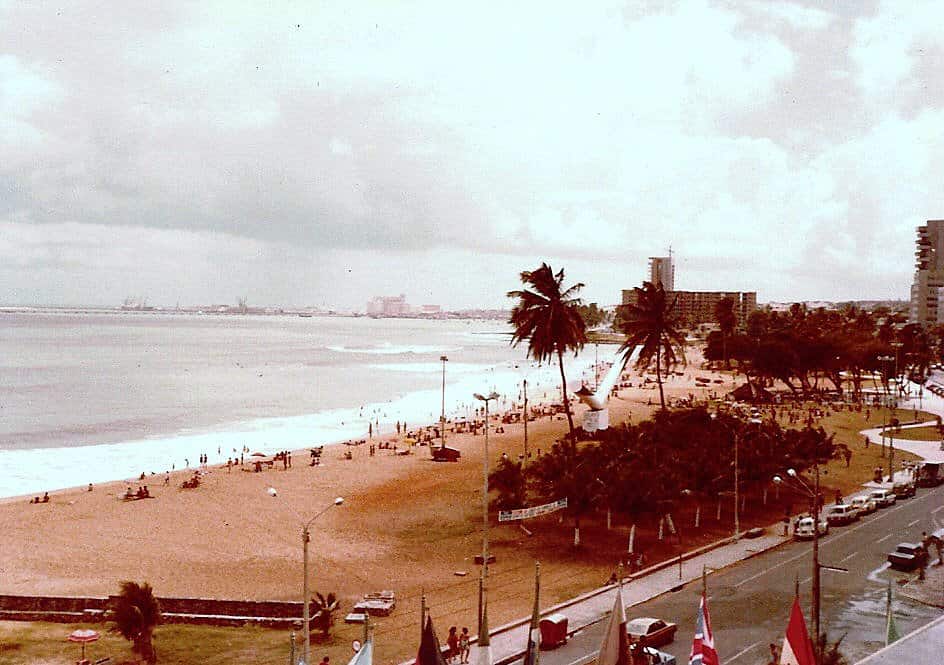
Today: Fortaleza Cultural and Tourist Center
Today, Praia de Iracema is one of Fortaleza’s most important tourist destinations, renowned for its rich history, the charm of its streets and the cultural diversity that characterizes it. The area is a meeting point for locals, tourists, artists and businesspeople, all of whom contribute to a vibrant and dynamic environment.
The leisure options in Praia de Iracema are varied: tourists can take advantage of the beaches to play sports, go for walks along the waterfront or relax in the many bars and restaurants that are dotted around the area. The local architecture, which mixes old and modern buildings, also contributes to the unique atmosphere of the beach.
Praia de Iracema remains a symbol of Fortaleza, where past and present meet, forming one of the city’s most charming areas.
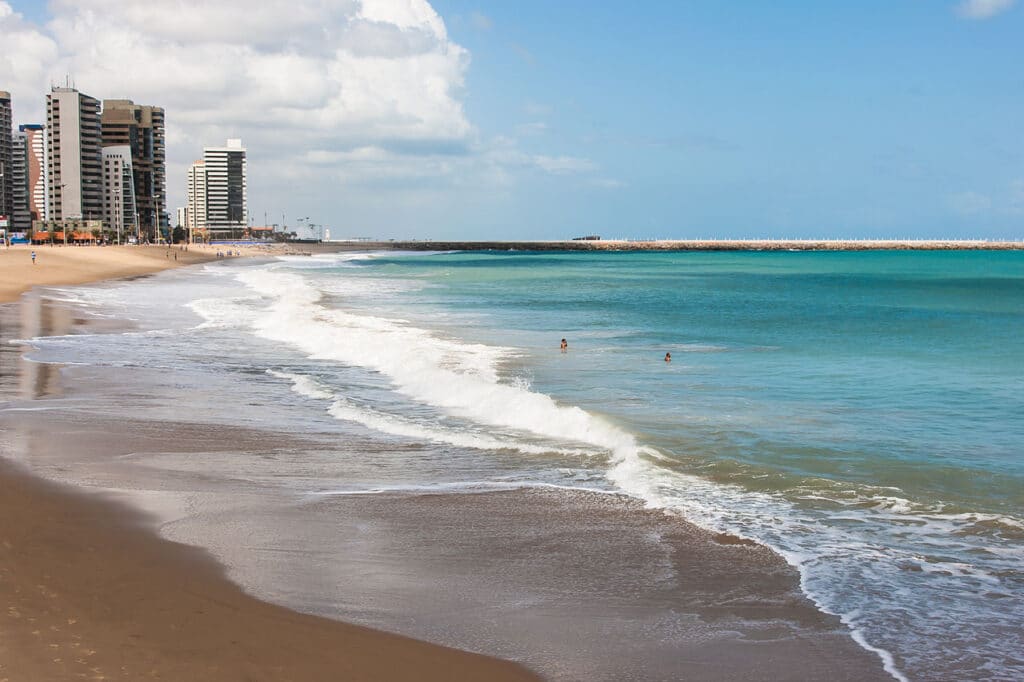
Our Team
Ismail D.
Editor/Creative Content/Technical Manager


